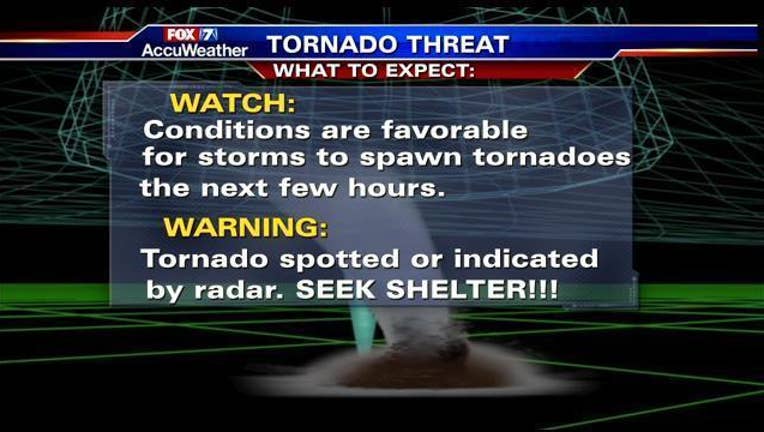Zack's Weather Facts: Watch vs. Warning

Storm season is here so what determines when a storm can reach severe status? In this edition of Zack's Weather Facts we'll discuss that and also talk about the difference between a watch and a warning."
In Central Texas, we get an average of 40 to 50 storm days a year.
We have made it into the peak time for severe weather which happens between April and June.
Severe weather doesn't always mean tornadoes. In fact, tornadoes are rare and only 3% of all storms produce them.
A storm is classified “severe” when hailstones reach 1" in diameter or larger, winds increase at least to 58 mph or a tornado is spotted. The National Weather Service did increase the hail size that triggers a severe thunderstorm warning. They did this so they can cut down on warnings plus damage shows up only when the hailstone reaches the size of a quarter.
When a “Severe Storm Watch” is issued it means that conditions are conducive for severe storms to form in the next few hours. A warning is issued when a severe storm has been observed by spotters or indicated on radar.
When a “Tornado Watch” is issued you need to prepare and be alert because tornadoes could form in a few hours.
If you hear a “Tornado Warning” for your area, seek shelter immediately because a twister has been sighted by spotters or indicated on radar.

